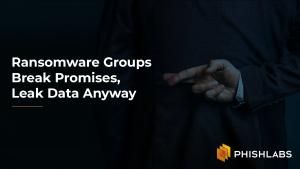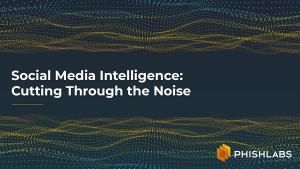Blog
APWG Q3 Report:Four Out of Five Criminals Prefer HTTPS
Thu, 12/03/2020
The Anti-Phishing Working Group (APWG), known for its collaborative analysis of phishing attacks and identify theft techniques, has released its Phishing Activity Trends Report for Q3 of 2020. Highlights from the report include more than two hundred thousand unique phishing websites detected in August and September, SSL encryption for phishing sites overtaking SSL deployment for general...


















